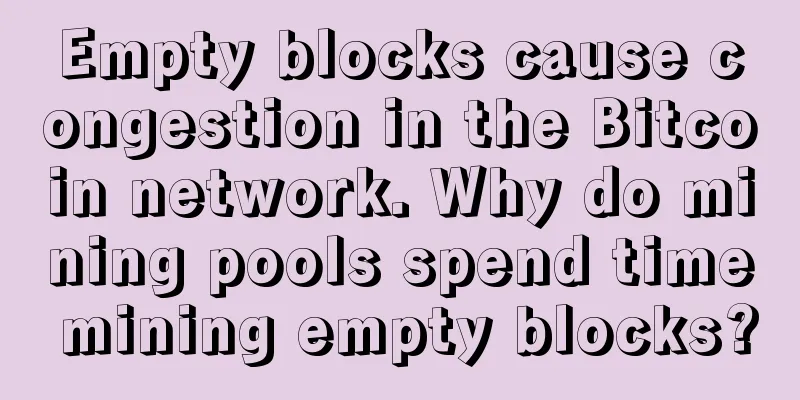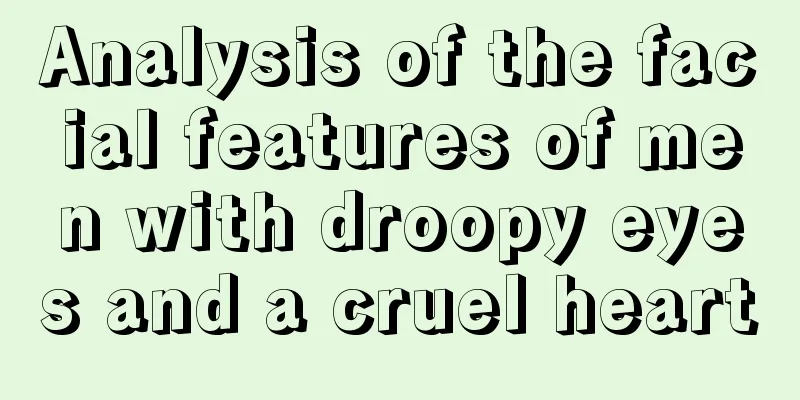Vitalik Buterin: Immutability is worthless in the face of blockchain development

|
Money 20/20 is considered the highest level event in the financial field. It covers topics ranging from cross-border payments to payment management solutions, and aims to "pioneering innovation in payments and financial services for mobile, retail, marketing services, data and technology." Money 20/20 provides a wealth of innovative ideas and emerging technologies for the financial sector. The blockchain ecosystem was a hot topic at this year's conference, as more and more banks are beginning to test these technologies and believe that they have the potential to simplify existing payment systems. The conference included multiple discussions to popularize the potential of blockchain systems to the financial professionals present. One of the discussions was named "ETH: Developing Advanced Applications, Today's Challenges & Tomorrow's Opportunities", which demonstrated the potential of Ethereum (fork), a leader in blockchain, in the Internet field. In this discussion, ETH founder Vitalik Buterin appeared as a guest, and Don Tapscott, the author of "Blockchain Revolution" and CEO of Tapscott Group, served as the moderator. Tapscott said that Buterin is a typical example of erudition, with knowledge of social sciences, economics, global affairs, etc. In the interview, Buterin talked about why he chose to enter the cryptocurrency field and how he developed ETH. He said:
Tapscott asked Buterin, what is the difference between ETH and Bitcoin? He replied:
Buterin pointed out that with the scripting language based on ETH, almost all applications developed by users can conform to business logic. He also described in detail how the financial and non-financial fields can benefit from ETH. In addition, he also talked about the controversial hard fork of the DAO incident. Before Buterin explained the hard fork decision, Tapscott first clarified one thing - it was DAO that was attacked at the time, not ETH, because the outside world has always been confused about the relationship between the two. This summer, the Ethereum Foundation made the decision to fork the protocol in order to fix network errors. This decision caused great controversy in the community, because forking the protocol is equivalent to overturning all the codes written and executed before; and "code is law" is an iron law in the blockchain field. The blockchain is immutable, but Buterin responded:
Buterin also expressed his concerns about ETH switching to the PoS mechanism. At that time, a large amount of ether may be used for network attacks. But he believes that from a long-term perspective, the network has the responsibility to maintain stability.
|
<<: Yishu released the Green Paper and launched the first community management consensus mechanism
Recommend
Does the Bitcoin World Need a Great Dictator?
Bitcoin has received a lot of attention over the ...
What are the main characteristics of a woman who is not good for her husband?
In life, some couples can live together until old...
Female with sunken nose
If the nose is straight and beautiful enough, the...
What is the relationship between the location of moles and health?
We have many different moles on our bodies, and t...
People with these facial features love to brag
Some people in real life like to brag and make th...
Is the life of a person with a narrow forehead good?
1. People with narrow foreheads are greedy Genera...
What does tear pit mean in physiognomy?
Does everyone know what tear pits are? In fact, t...
Which women have confused emotions?
Some women's love lives are not very smooth, ...
BTC mining difficulty will increase to 6.96T in 18 hours
According to BTC.com data, the current Bitcoin ne...
How to tell if a woman is promiscuous by looking at her face? What does a promiscuous woman look like?
Nowadays, many women do not know what the virtues...
What is the fortune of children with big foreheads?
We all know that if an adult has a big forehead, ...
How is the career fortune of a person with a crooked mouth?
A person's appearance often reveals his or he...
The most complete analysis of the meaning of moles
Traditional physiognomy covers a wide range, among...
R3CEV and Microsoft formally establish a partnership to study and experiment with blockchain applications
R3CEV, a blockchain alliance composed of 42 inter...
Is it good to have a protruding forehead? Analysis of protruding forehead in boys and girls
Is it good to have a protruding forehead? Everyon...









